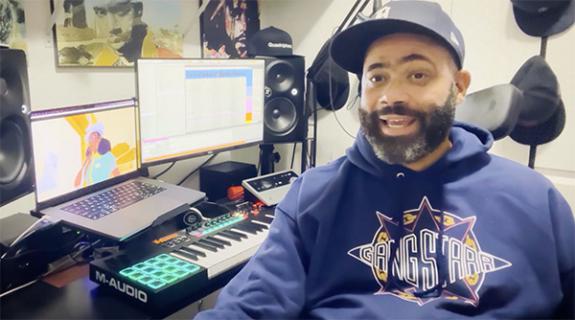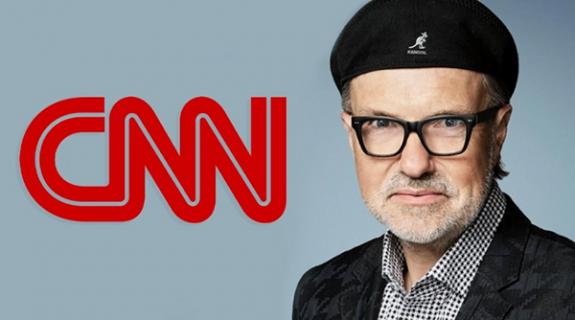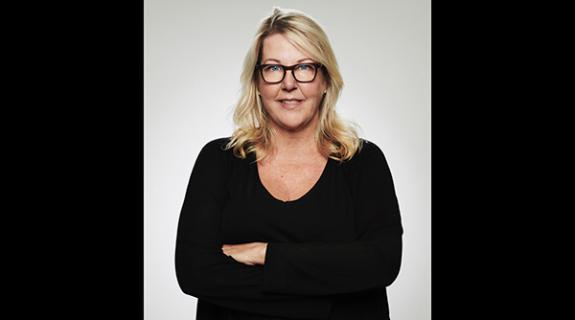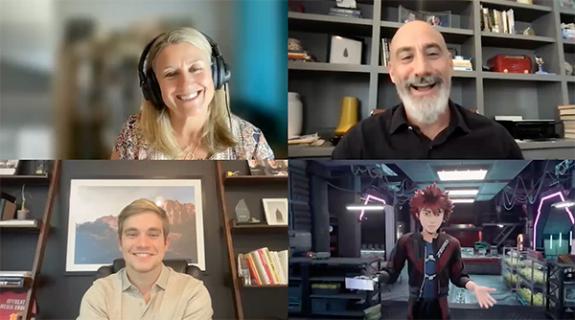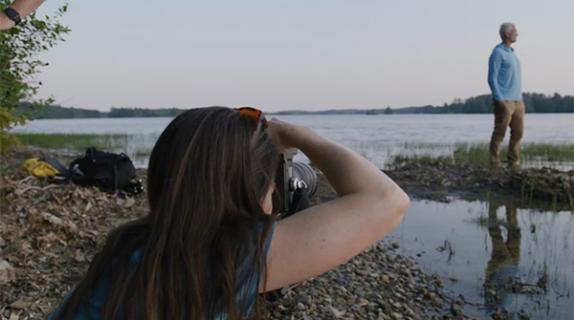When Ken Lambert was a young boy, his mother gave him some money and set him loose in a toy store for an hour to select new playthings. But the rows of merchandise failed to impress, except for one section that was less popular than the rest.
“I looked at all the other toys and I could see the limitations of [them],” Lambert told Brief. “I could imagine playing with them.. and that was it. But with art materials you could create anything. Your only limit was your imagination.”
Suffice to say, Lambert bought the art materials that day, and put them to good use, growing up to become creative director of the award-winning Australian brand agency Ink. He never stopped self-identifying as a visual artist, but as his company gained prominence and took on more and more high-profile clients, his personal/passion projects took a backseat to professional success in broadcasting.
About six years ago, Lambert started dabbling again in between company gigs. He began “painting, doing video and just trying to find that tone of voice,” he said, and somewhere along the way – perhaps not surprisingly given the name of his agency – Lambert brought liquids into the mix, “using household chemicals and combining them together and putting paint in the way of that and seeing how they interact and dry.”
Eventually, his sporadic experiments in this direction formed themselves into a fully realized process of creating art, and one “that I was really intrigued by,” he continued. “But, it’s just been sitting there for ages.”
Sitting there, that is, until Ink received the news it would be creating the channel brand and graphics package for Foxtel Arts, a new high-definition channel dedicated to Australia’s creative forms ranging from theater to ballet, opera, dance, classical and contemporary music, and beyond. It was on this project “dedicated to arts, artists and a diverse heritage of creative expression” that Lambert’s lifelong, slightly roundabout personal artistic journey would, for the first time, intersect with his carefully cultivated career path.
“In Foxtel Arts we wanted to convey suppleness and vitality but somehow bring the brand back to cover more than just the avant-garde,” said Mikki Katz, group creative director for Foxtel’s Premium Entertainment division, and Fraser Stark, channel manager for Foxtel Arts, writing to Brief as a collective. “That is, the rear guard and the established canon as well.”
When Ink came in to pitch ideas for how those elements would manifest in the new channel’s brand, they proposed about five different concepts in total, said Lambert, and the concept to put forth his own artwork as part of the package was not one of the frontrunners.
Rather, “it was a last-minute thought… I pulled out some of my paintings and put some typography on them and put a logo on them, and it looked good. I actually didn’t think they would pick it, to be honest.”
But Foxtel Arts was seeking “notions of fluidity” for the brand, said Katz and Stark, and Lambert’s personal works, with their shifting colors and forms, were like the living embodiment of that.
“Like art itself, they are kaleidoscopic in range,” the duo continued, “open-ended in their potential and yet, totally accidental in the shapes they take… That freedom feels like the inspiration that making and receiving art bestows.”
Even the logo Ink proposed was an exercise in free-form expression: “I scribbled it on a napkin and then we blew it up and we liked it,” Lambert said. “We cleaned it up a bit and that was it.”

Once Lambert’s artwork was accepted as the basis for the Foxtel Arts brand, his team had to figure out how to make it move in the graphics package. Back in his studio, he proceeded to execute another round of liquid experiments, searching for less toxic materials that could still be beautiful when mixed and captured on camera, but wouldn’t be noxious to a film crew working in close proximity to them.
In the end, Lambert settled on a blend of paraffin, oils, inks and household products such as dishwashing liquid to create the effects needed for the package. The ensuing production he said, looked like “a chemist’s lab,” with Petri dishes, syringes and other scientific paraphernalia lying about. To get the desired effect, the crew applied water and ink to sheets of fine water color paper, followed by invisible drops of the paraffin, which adds a waxy, shiny element to surfaces. Then came the dishwashing liquid, which when released into the paraffin, would make the colorful mixture “blossom,” said Lambert.
“That principle of those three elements either contracting or repelling from each other is what we used.”
Lambert used an inexpensive 4K camera to capture the reactions, shooting in real time and using broad lighting to make the footage “feel nebulous,” so it wouldn’t “have a real reference to space.” Capturing between two and three hours of ink reaction footage, he estimates the agency ultimately used about 100 seconds for the channel, and carved 20 sequences for the package out of that. Each of those sequences could then be combined in six different variations, giving Foxtel Arts a broad promo toolkit for future use.
“Some people see anatomical things in the frames,” said Lambert, “other people see very sexual things… Everybody has their own interpretation as to what these things mean. It’s kind of a Rorschach thing.”

On the flip side to the graphics package, which “had an element of random chaos,” according to Lambert, Ink created a series of Foxtel Arts idents that exude nothing but control and precision.
In these delicate little spots, we see artists in the moments just before they begin executing their chosen art.
“My idea was the preparation,” said Lambert, “the tension in the moment before the performance… So if you think about the whole television channel as a performance, the IDs are letting you see backstage. They’re a bridge.”
Faced with a limited budget for the spots, Ink shot them in its own studio, frequently using friends and members of the crew as the artists who appear on screen. The production’s DP, a skilled drummer, got behind the kit for one of the concert IDs, and Lambert himself was typecast as a painter in another spot. Though all the spots were shot in one day in the same studio, subtle effects make them appear to exist in different locations, at different times of day.
“We wanted it to have a very filmic sensibility, but we didn’t it want to feel like, ‘hey this is a plain studio,’” said Lambert. “So we let things drop off into dark and used a lot of lighting techniques.”
By showing different arts genres, the idents, said Katz and Stark, “signpost the distinct program types covered by the channel.”
They also have a symbiotic relationship to the much more abstract ink spots packaging: “One element possesses the heart of the channel (the ink) and the other is a bit more to do with the head,” they said.
In the end, Lambert said, merging his personal artistic expression with a client project worked for Foxtel Arts because it was built on a sound strategy for the brand: “Designers and creatives really underestimate strategy, the bridge between creativity and business…There hasn’t been a situation where I’ve gone into a meeting with the right strategy in mind and pitched something that I wasn’t happy with. It really helps you crystallize the target, and if you want to use flying pigs or whatever – as long as you can tell them how that’s going to be relevant to their target and objectives, you’ll get it through.”
CREDITS
Client: Foxtel
Concept/Design: Ink
Production: Sheepish Lion
Director: Ken Lambert
Post: Ink
Music / Sound Design: Uncanny Valley
Tags:




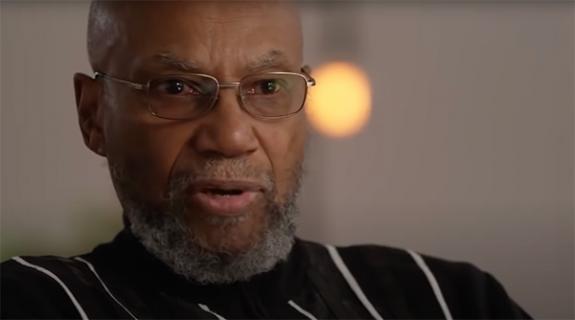
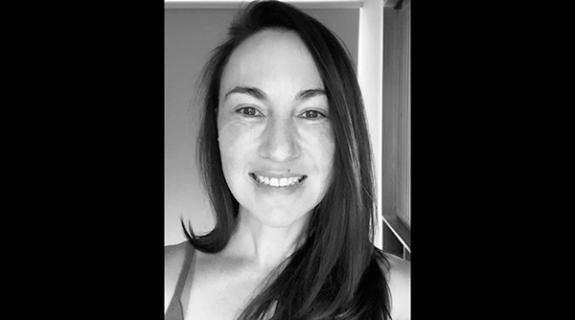
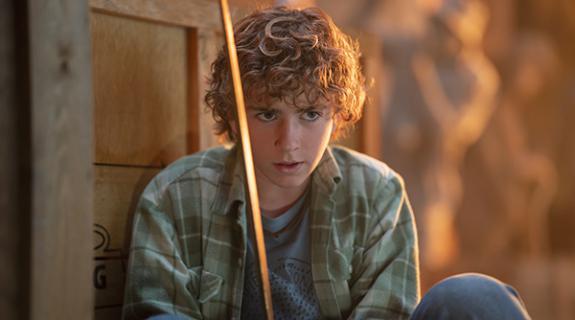

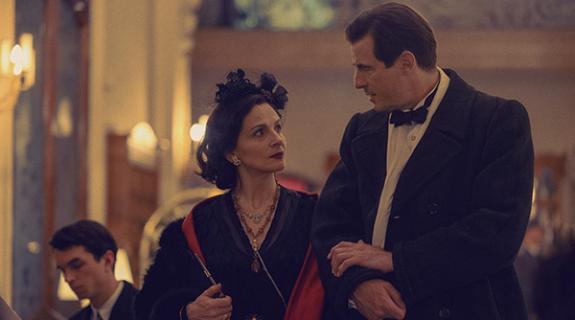




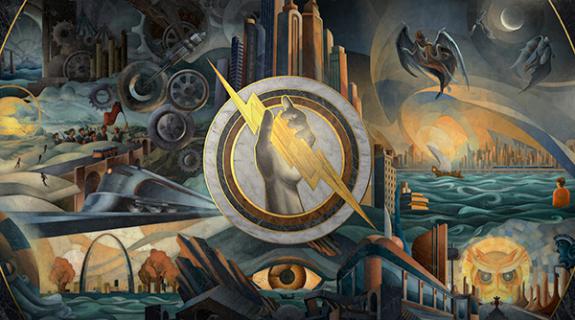



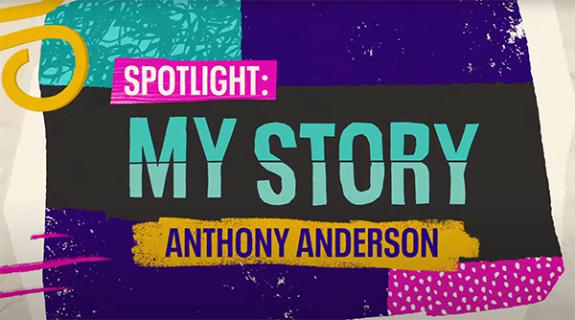






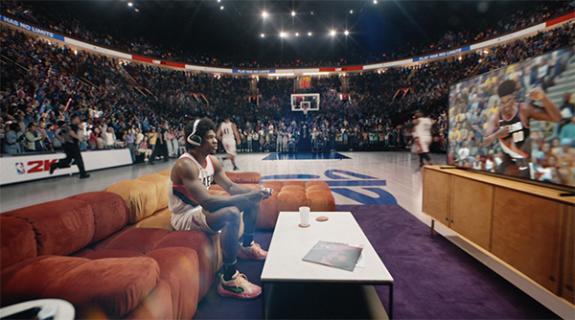
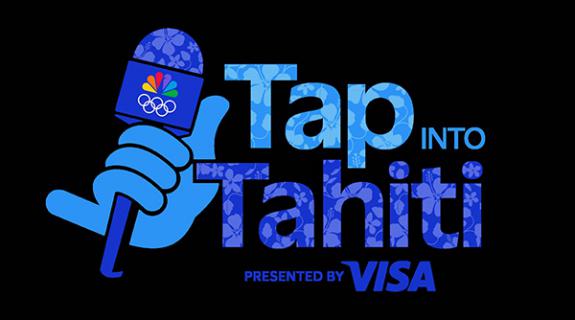
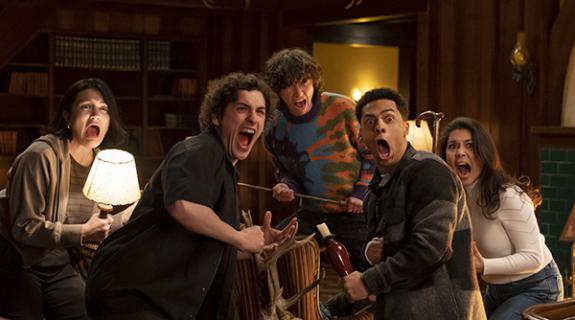




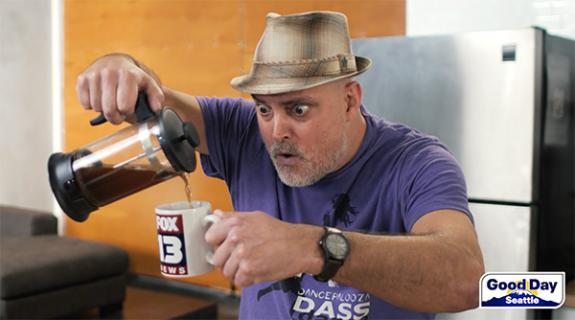


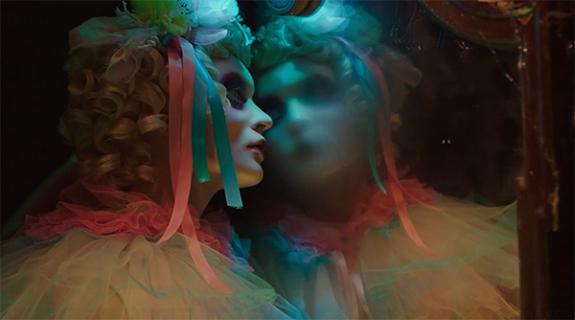

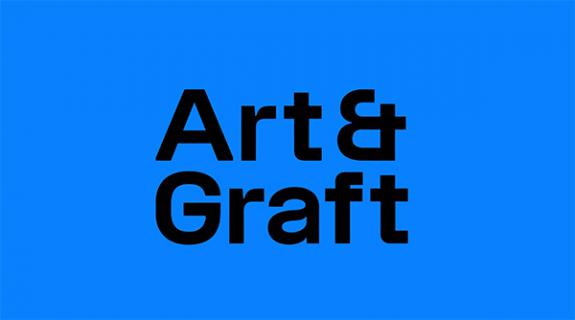







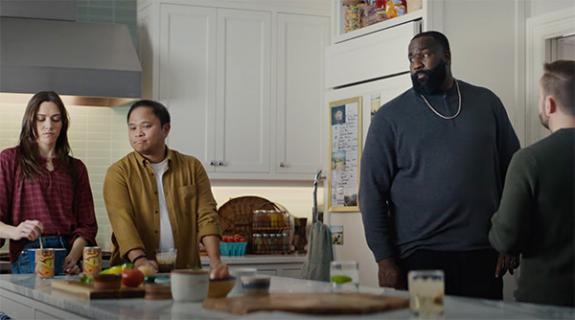
__twocolumncontent.jpg)

